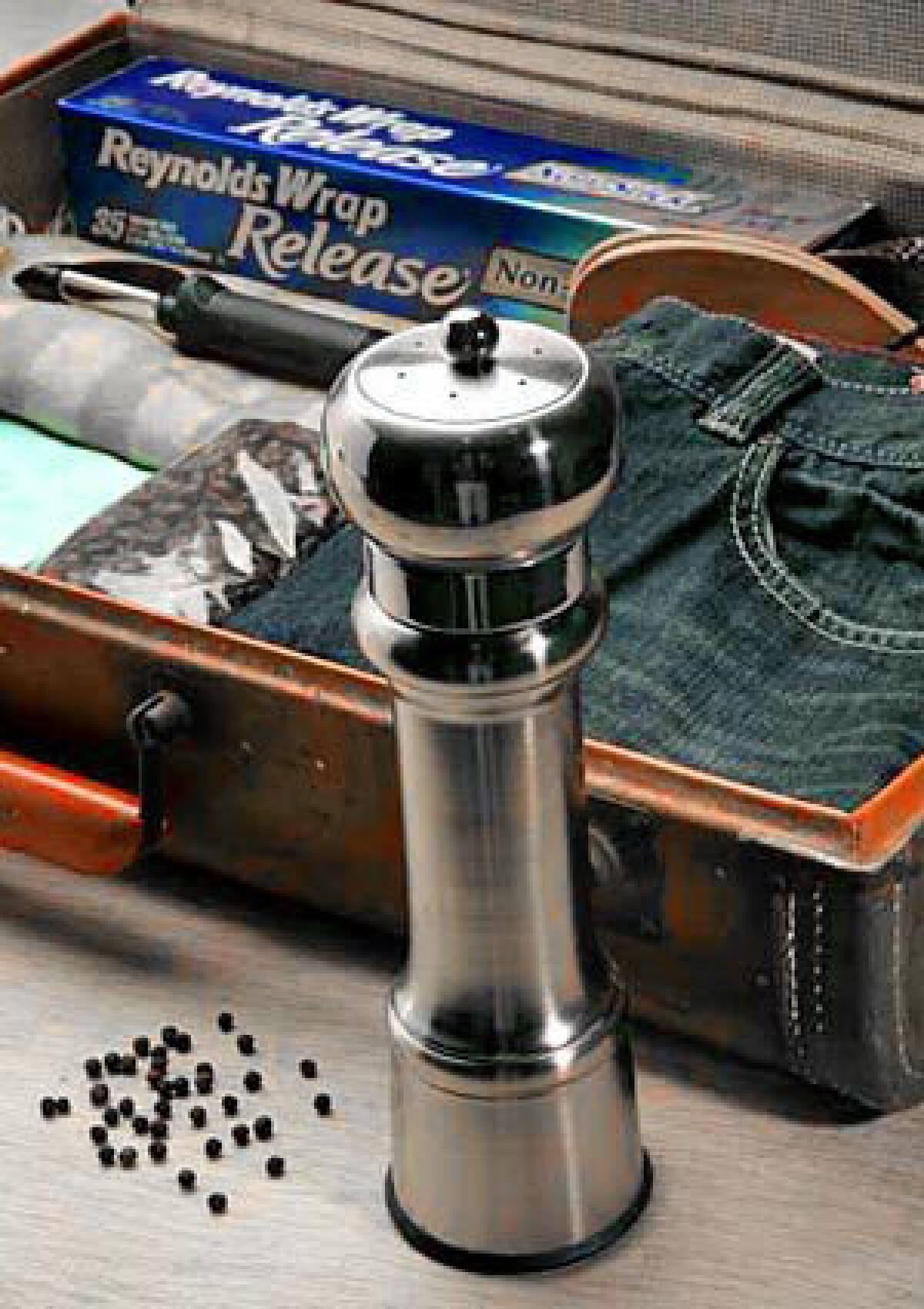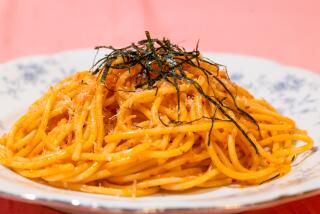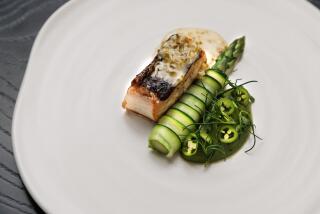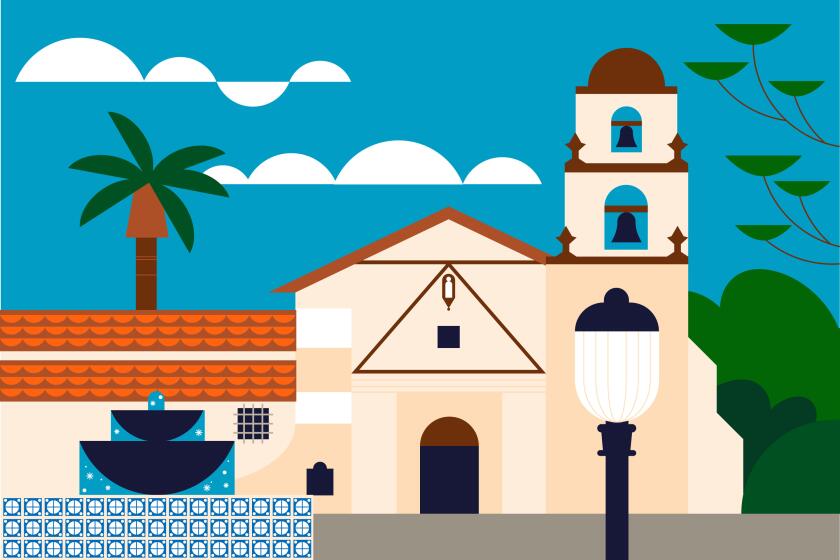What do chefs Mario Batali and Mary Sue Milliken pack when they go on a cooking vacation? Hint: It’s not all clothes.

I should have been suspicious when my husband, Fred, offered, oh so sweetly, to carry my suitcase out to the car. We were heading to the East Coast to spend 10 days cooking and eating and lazing at our friend Mary’s Long Island house.
Fred not only checked my bag for me, he also took charge of it once we’d picked it up at the other end. It briefly crossed my mind that he was up to something. But if he was having a rush of gallantry, I thought I might as well enjoy it. He even wheeled my suitcase into the elevator of Mary’s apartment building when we got to New York and installed it in the guest bedroom. How thoughtful.
Then I went to unpack and found my clothes rolled around bottles of olive oil and wine. A jar of anchovies peeked out from my boot, its mate stuffed with plastic bags of salt-cured capers and a bouquet of dried Sicilian oregano. A box of Rustichella d’Abruzzo pasta (penne) snuggled up to my copy of Roberto Bolaño’s book “The Savage Detectives.” I found a corkscrew and a Japanese plastic mandoline in one of my suitcase pockets along with a skein of bottarga (pressed dried grey mullet roe from Sardinia) and what was left of a magnificent hunk of aged Parmesan we’d carried back from Italy a few months earlier.
Not that I really minded any of this. Because my work involves going out to dinner five or six nights a week, we’d planned a stay-in cooking vacation -- on Long Island we’d have access to oysters, clams, lobsters, bay scallops, swordfish and the rest of that great East Coast seafood, plus produce from local farm stands.
Fred’s suitcase held his best Japanese knife encased in a plastic sheath, more pasta, carnaroli rice for risotto, a good 10-inch skillet, the spice box he’d bought from Le Sanctuaire (when it was still in Santa Monica) and filled with exotic, hard-to-find stuff like top-grade saffron and Turkish urfa peppers, fleur de sel, whole cumin and other spices and -- who knows what else.
He had rocambole garlic (a hard-necked variety with a particularly wonderful flavor) tucked in among his shirts, a handful of shallots -- and plastic bags filled with bay leaves and fresh herbs from our garden. (It makes him crazy to have to pay $2.99 for fresh herbs in Manhattan.)
I noted that he hadn’t forgotten our oyster knives nor the crab crackers. What about a stove top espresso maker and the frother for making a macchiato in the morning? Side pocket. He hadn’t left the Intelligentsia beans behind either.
Clothes? Who needs clothes?
Oh, I should mention we’d also checked a case of wine in a Styrofoam shipping container. And after a mad dash around Manhattan that afternoon to pick up various other supplies, we were ready to set off for the seaside.
Did we forget anything? Probably. But we had the kind of cooking-vacation essentials that are hard to find without special planning, certainly without paying too much for them.
The return trip? Now that’s a whole other story -- one that involves steamer clams on ice, containers of homemade lobster stock and, from a New York deli, guanciale (cured pork jowl, an essential ingredient in bucatini all’ Amatriciana) and salt-cured anchovies imported from Menaica on the Amalfi Coast and sold in a heavy ceramic crock. Somewhere Fred managed to find fresh magret (duck breast) from D’Artagnan (in L.A., you can only find it frozen) and a giant wedge of autumn Parmigiano Reggiano and more bottarga from the quintessential, fourth-generation Italian deli Di Palo in New York’s Little Italy. Early that morning, he’d hurried off to Murray’s Sturgeon to pick up some smoked lox and sable (black cod) to carry on the plane.
And this was just one trip.
More to Read
Sign up for The Wild
We’ll help you find the best places to hike, bike and run, as well as the perfect silent spots for meditation and yoga.
You may occasionally receive promotional content from the Los Angeles Times.










